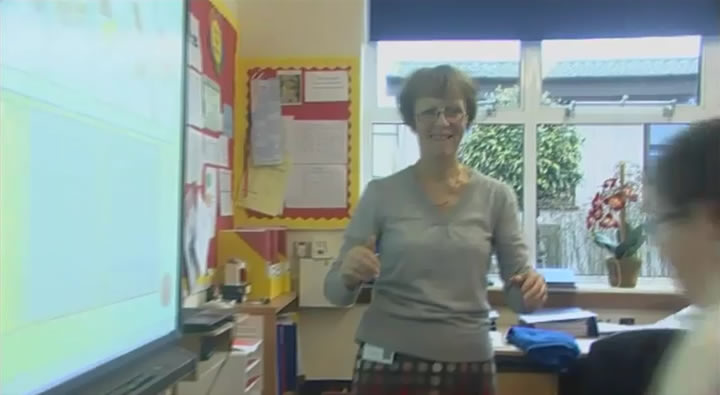
Children with learning difficulties have a variety of cognitive and communication needs.
Using this model, a child may be placed into one of four quadrants, according to where they occur along two axes, one relating to conceptual challenge and the other to communication.
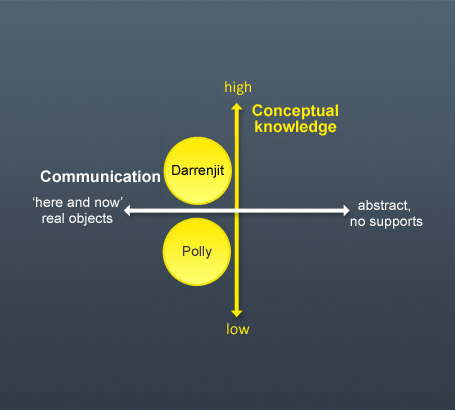
Darrenjit has a high cognitive capacity but struggles with understanding what is expected of him. He has an Asperger Syndrome and is very good at maths but needs visual support to understand spoken and written language.
Polly has Down's Syndrome. She has difficulty in understanding spoken and written language and also struggles with maths.
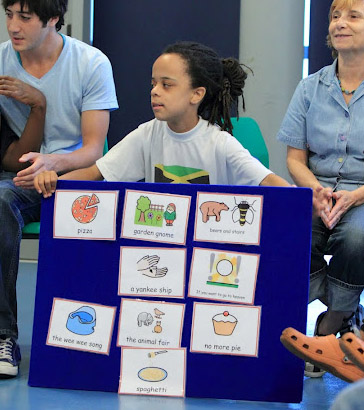
Thinking about communication and conceptual challenges can help you differentiate work and group children appropriately. For example:
- Darrenjit can attempt tasks with a high degree of conceptual challenge but he will need a lot of support with communication.
- Polly cannot cope with a high degree of cognitive challenge and also needs support with communication.
It would not be appropriate for Darrenjit and Polly to be working on the same tasks, but they may benefit from having their respective tasks explained to them using similar approaches.

Teachers can scaffold the understanding of new ideas and concepts by, initially, putting support in place and then gradually
withdrawing it as children's understanding increases. The diagram illustrates a hierarchy
of support.
The teacher will need to not only break down the task into its smaller constituent steps to identify differentiated targets, but also then finely tune personalised support for the child.
Watch this clip in which Sandra, an English teacher in a special school, explains how she differentiates work for her class.
What levels of support does Sandra use in her lesson?
Answers
- Sandra models the task using the whiteboard.
- She uses a differentiated series of frameworks and prompts for particular children. Some children receive much more structured help than others.
- Some children complete the task independently.
Return

Supportive scaffolding enables children to:
- Be able to own more and more of the task;
- Develop increasing independence and take on more and more challenging tasks.
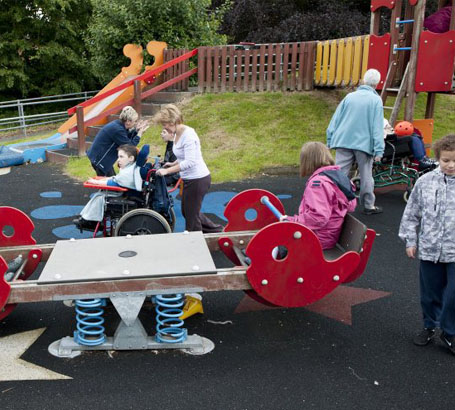
Some key scaffolding strategies include:
- Cue cards;
- Self-evaluation cards;
- Writing frames; and
- Plenary sessions to help children to reflect on their learning and the strategies that they use.
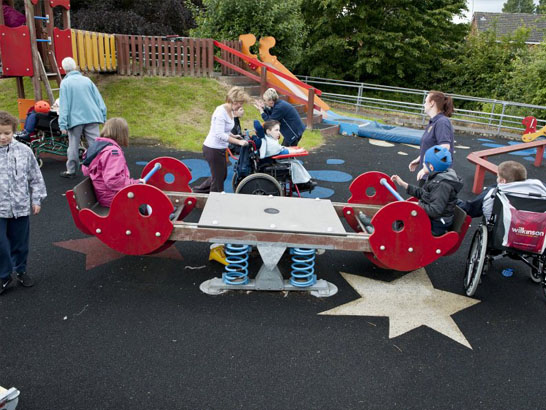
Plan a lesson for your class, paying particular attention to the ways in which you will scaffold children's understanding so that every child finds the concepts accessible.
